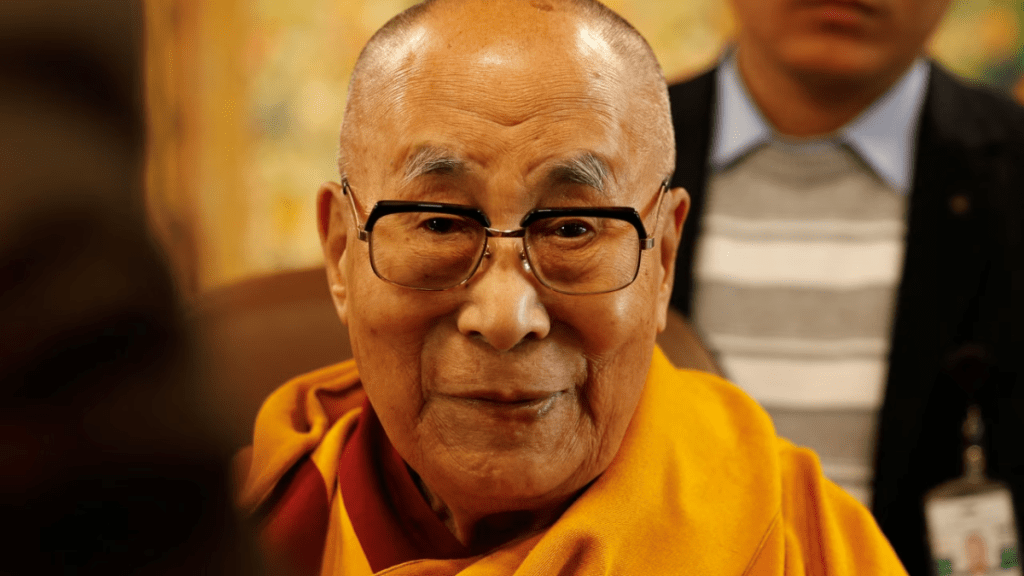China issued a vehement clarification on Wednesday after the Dalai Lama announced that his successor would be determined after reincarnation. Beijing insisted that any successor to the Buddhist spiritual leader would have to be “approved by the central government” run by Xi Jinping and mandated a selection process. The Dalai Lama has previously said his successor will be born outside China and urged his followers to reject anyone chosen by Beijing.
“The reincarnation of the Dalai Lama, the Panchen Lama and other great Buddhist figures must be chosen by drawing lots from a golden urn, and approved by the central government. The Chinese government implements a policy of freedom of religious belief, but there are regulations on religious affairs and methods for managing the reincarnation of Tibetan living Buddhas,” said foreign ministry spokeswoman Mao Ning.
Chinese officials have repeatedly said that any reincarnation of the Dalai Lama will be decided as per national laws that decree use of the golden urn — a method that was introduced by a Qing dynasty emperor in the 18th century. It also limits the birth of reincarnations within the country’s borders. But many Tibetans suspect any Chinese role in the selection as being a ploy to exert influence on the community.
How was the current Dalai Lama chosen?
Tibetan tradition holds that the soul of a senior Buddhist monk is reincarnated after his death.
The 14th Dalai Lama, born as Lhamo Dhondup on July 6, 1935, to a farming family in what is now Qinghai province, was identified as such a reincarnation when he was just two years old. A search party sent by the Tibetan government made the decision on the basis of several signs, such as a vision revealed to a senior monk, the Dalai Lama’s website says. The searchers were convinced when the toddler identified belongings of the 13th Dalai Lama with the phrase, “It’s mine, it’s mine”.
In the winter of 1940, Lhamo Thondup was taken to the Potala Palace in Lhasa, the capital of today’s Tibet Autonomous Region, and officially installed as the spiritual leader of Tibetans.
